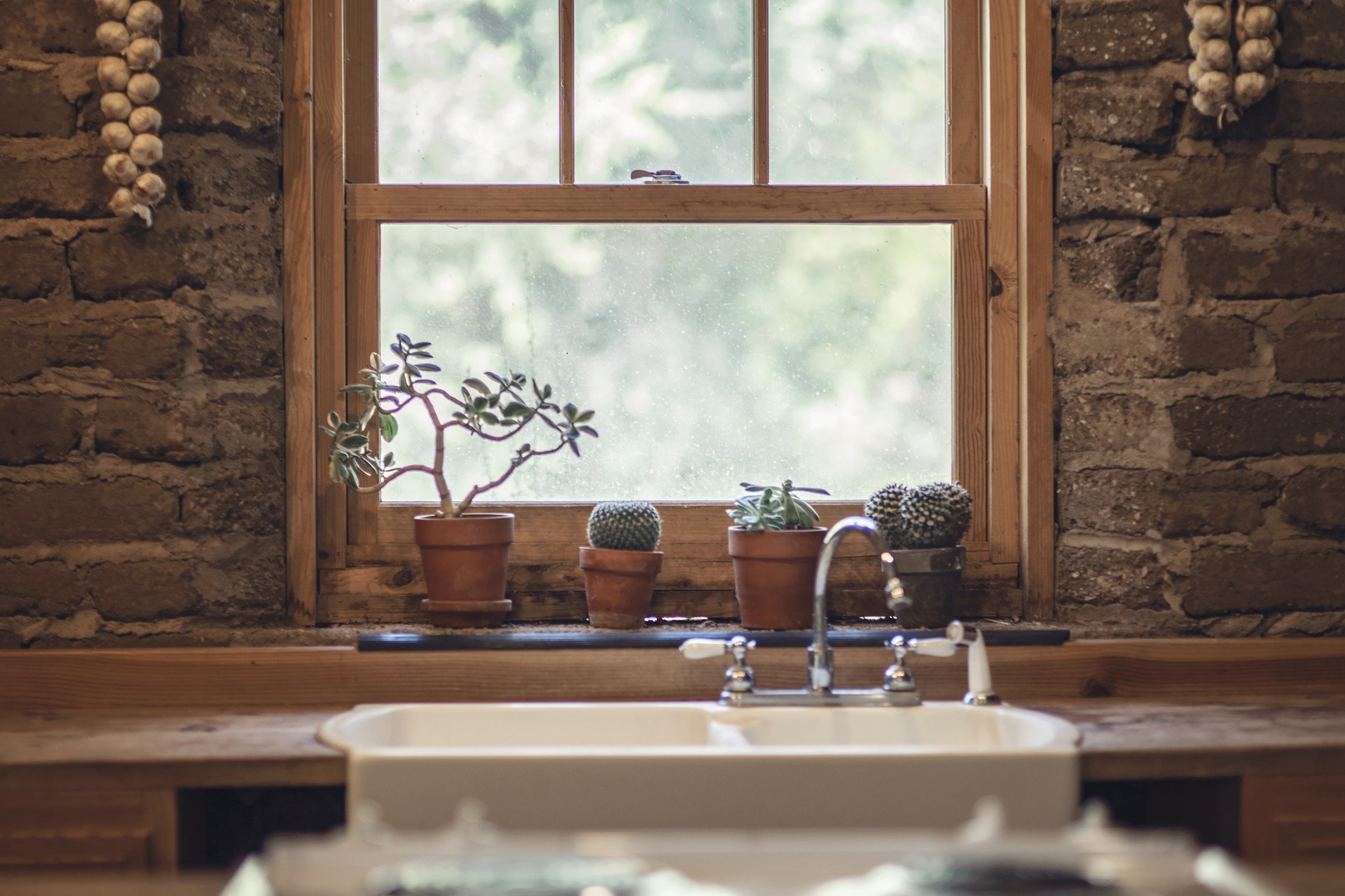Transportation in Home & Garden Design
With the rise of eco-conscious living, sustainable transportation is becoming a key element in home and garden design. From bike-friendly layouts to electric vehicle charging stations, incorporating environmentally friendly transportation options into your living space can enhance both functionality and sustainability. Read below for tips on how to integrate sustainable transportation into your home and garden design.
Bike-Friendly Layouts:
Creating a bike-friendly home starts with designing a dedicated space for bike storage. Installing wall-mounted bike racks or building a bike shed in your garden can help keep your bicycles organized and easily accessible. Consider incorporating bike lanes or pathways around your property to encourage cycling as a primary mode of transportation.
Electric Vehicle Charging Stations:
As the popularity of electric vehicles continues to grow, having a designated charging station at home is essential. Installing a charging station in your garage or driveway not only provides convenience but also reduces your carbon footprint. Consider solar-powered charging options for a more sustainable energy source.
Public Transportation Accessibility:
When choosing a location for your home, consider proximity to public transportation options. Easy access to buses, trains, or subways can reduce the need for personal vehicles and promote a more sustainable lifestyle. Living in a transit-oriented development can also provide a sense of community and connectivity.
Car-Sharing Programs:
Opting for car-sharing programs like Zipcar or Turo can reduce the need for private vehicle ownership. By sharing vehicles with others in your community, you can save money on maintenance and insurance while minimizing your environmental impact. Look for homes with convenient access to car-sharing services for added convenience.
Walkable Neighborhoods:
Selecting a home in a walkable neighborhood can significantly reduce the need for motorized transportation. Look for communities with sidewalks, pedestrian-friendly streets, and amenities within walking distance. Living in a walkable neighborhood not only promotes sustainability but also encourages a healthy and active lifestyle.
Useful Tips and Facts: - Consider installing a bike repair station in your garage or garden for easy maintenance. - Explore rooftop gardens or green roofs as a sustainable transportation feature. - Check with local authorities for incentives or rebates for installing electric vehicle charging stations. - Encourage carpooling or ridesharing among neighbors to reduce traffic congestion and emissions.
In conclusion, integrating sustainable transportation options into your home and garden design can have a positive impact on the environment and your overall quality of life. By prioritizing eco-friendly transportation solutions, you can create a more sustainable and vibrant living space for yourself and future generations to enjoy.





